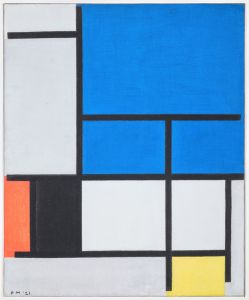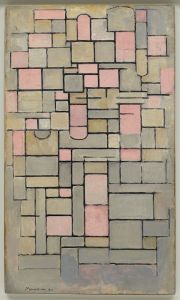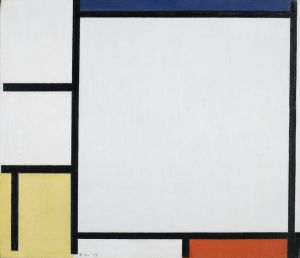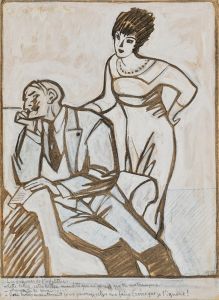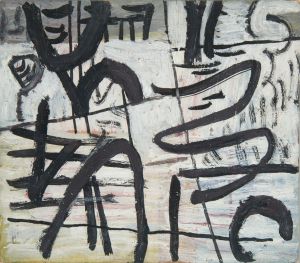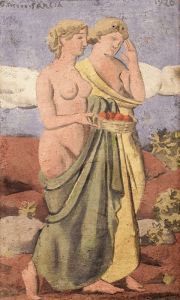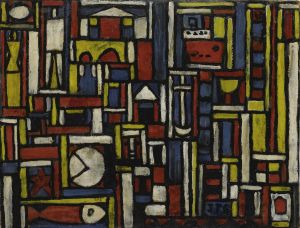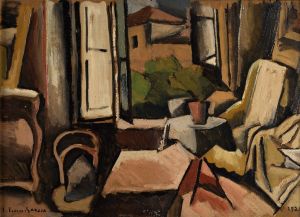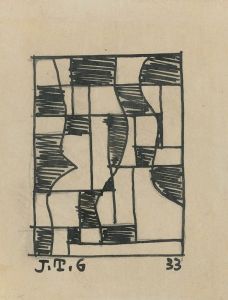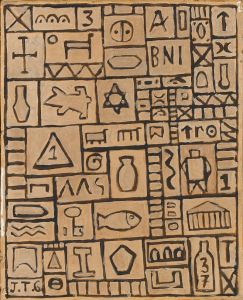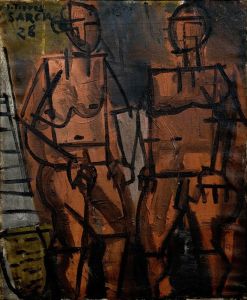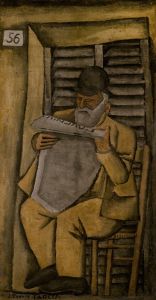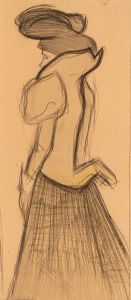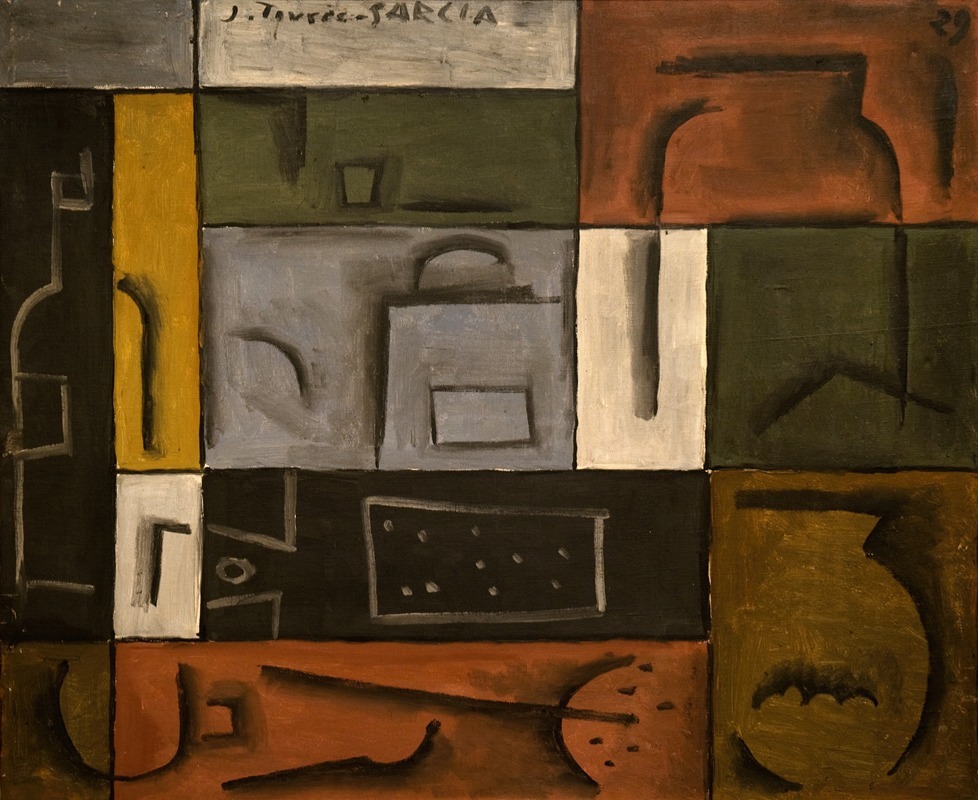
Pintura constructiva
A hand-painted replica of Joaquín Torres-García’s masterpiece Pintura constructiva, meticulously crafted by professional artists to capture the true essence of the original. Each piece is created with museum-quality canvas and rare mineral pigments, carefully painted by experienced artists with delicate brushstrokes and rich, layered colors to perfectly recreate the texture of the original artwork. Unlike machine-printed reproductions, this hand-painted version brings the painting to life, infused with the artist’s emotions and skill in every stroke. Whether for personal collection or home decoration, it instantly elevates the artistic atmosphere of any space.
Joaquín Torres-García's Pintura constructiva is a notable example of the artist's contribution to modern art and his development of Constructivism in Latin America. Torres-García, a Uruguayan painter, sculptor, and theorist, is widely recognized for his innovative approach to art, which combined elements of European avant-garde movements with a deep interest in pre-Columbian and indigenous American cultures. Pintura constructiva exemplifies his unique artistic philosophy, known as Universal Constructivism, which sought to create a universal visual language through geometric abstraction and symbolic imagery.
Created in the 1930s, Pintura constructiva reflects Torres-García's mature style, characterized by a grid-like structure filled with geometric shapes, symbols, and archetypal forms. The composition is typically organized into a harmonious balance of horizontal and vertical lines, creating a sense of order and stability. Within the grid, Torres-García often included simplified representations of everyday objects, human figures, letters, and numbers, which he believed carried universal meaning. These elements were intended to transcend cultural and temporal boundaries, connecting modern art to ancient traditions and universal human experiences.
The painting is also deeply rooted in Torres-García's theoretical writings, particularly his manifesto La Escuela del Sur ("The School of the South"). In this text, he argued for the importance of developing a distinctly Latin American modern art that was not merely an imitation of European styles but instead drew inspiration from the region's own cultural heritage. Pintura constructiva embodies this vision by integrating modernist abstraction with references to indigenous art and architecture, such as Inca stonework and pre-Columbian symbols.
Torres-García's work, including Pintura constructiva, had a significant impact on the development of modern art in Latin America. His emphasis on geometric abstraction and the use of symbolic language influenced subsequent generations of artists in the region. Today, his paintings are celebrated for their innovative synthesis of tradition and modernity, as well as their contribution to the global Constructivist movement.
While specific details about the exact year or context of the creation of Pintura constructiva may vary, the painting remains an important representation of Torres-García's artistic and philosophical ideals. It is housed in various collections and continues to be studied and appreciated for its historical and cultural significance.





